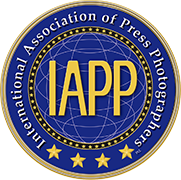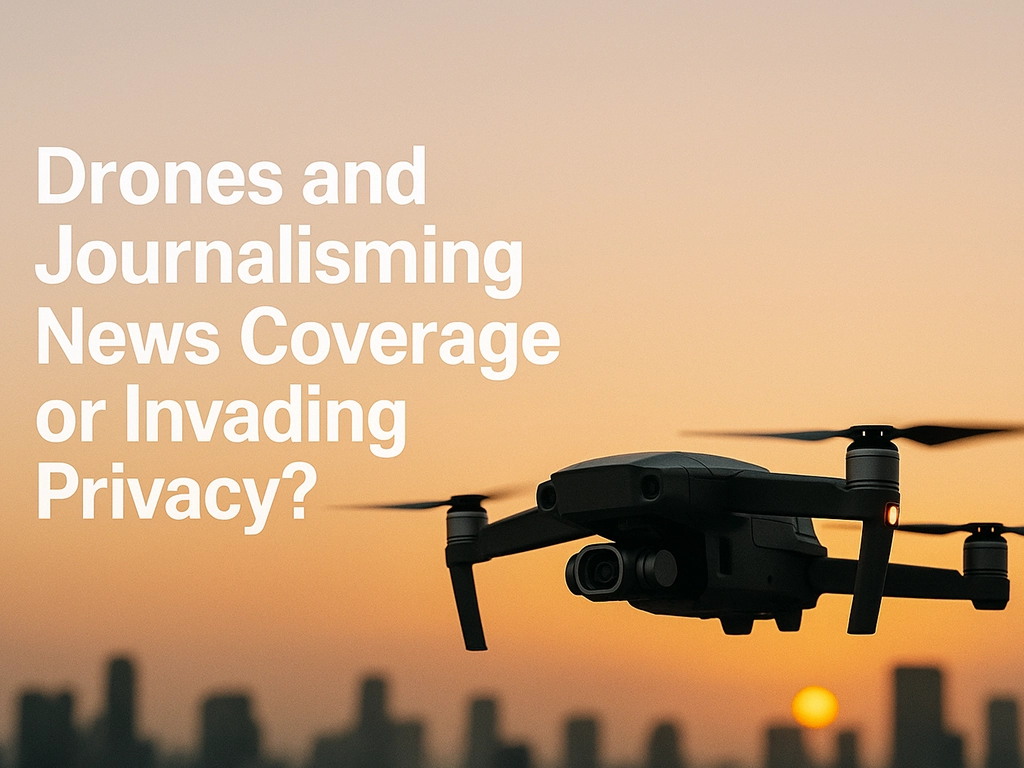The rise of drone technology has introduced a new visual frontier for journalism. Once limited to ground-level perspectives or expensive helicopter shots, journalists can now capture sweeping aerial views, follow dynamic movements in real time, and cover dangerous or inaccessible areas with relative ease. But with this innovation come ethical dilemmas, legal restrictions, and concerns about surveillance and privacy. This article explores the pros and cons of drone journalism, offering a balanced perspective for press photographers and media professionals seeking to integrate drones into their toolkit.
The Power of Aerial Storytelling
Drones provide unparalleled access to compelling visuals. Natural disasters, mass protests, environmental degradation, and war zones can be documented from above, giving audiences a broader and often more impactful understanding of unfolding events. This new perspective enables journalists to tell stories that were previously inaccessible or too dangerous to cover. From sweeping panoramas of environmental destruction to real-time coverage of fast-moving events, drones have expanded the visual vocabulary of journalism.
Disaster zones, for instance, can now be safely and efficiently assessed using drone footage. This not only enhances reporting but also aids emergency services by providing up-to-date visuals of affected areas. Similarly, aerial documentation of environmental damage-such as illegal logging or oil spills-offers undeniable visual evidence that can spur public awareness and policy changes. During protests, overhead drone shots provide critical context that ground-level footage might miss, such as the scale of participation or the spatial tactics employed by law enforcement.
These storytelling advantages help journalists create immersive and persuasive visual narratives that resonate with readers and viewers. Drones democratize access to high-quality aerial imagery, making it feasible even for freelancers and small newsrooms that once lacked the budget for such visuals.
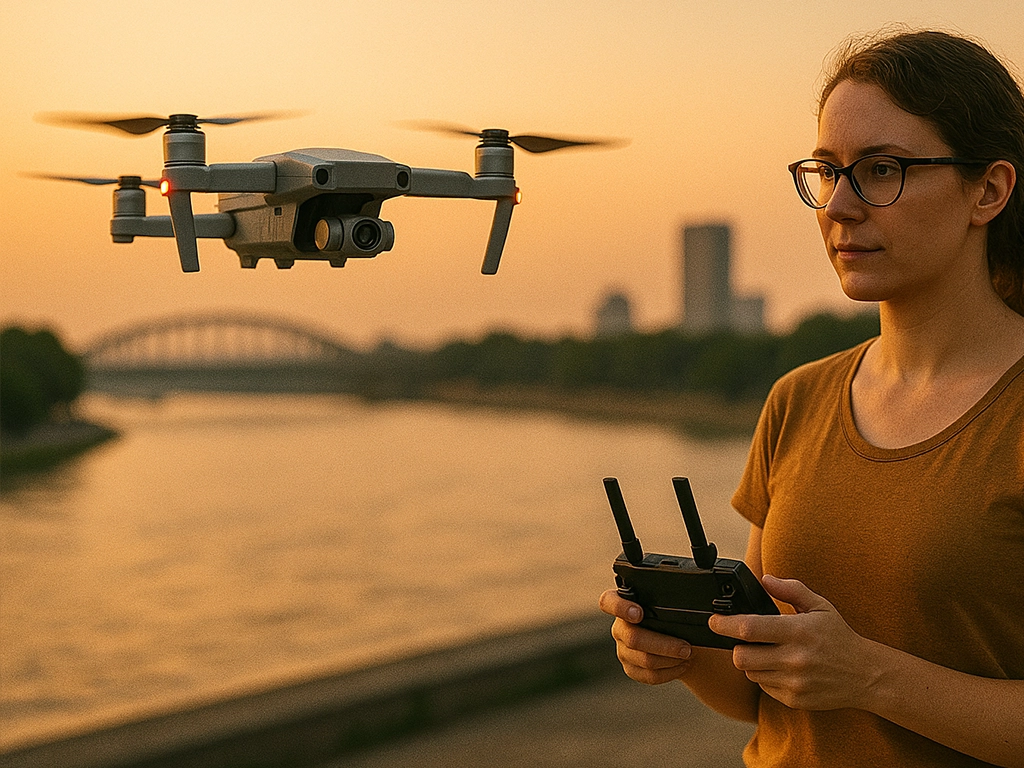
Legal and Regulatory Boundaries
Despite their potential, drones operate in a tightly regulated airspace. Press professionals must navigate laws that vary by country, state, and even city. This regulatory landscape can be daunting, but it is essential to understand it to avoid legal trouble and ensure responsible use of drone technology in journalism.
Licensing is a primary concern. In many regions, drone pilots must be certified by aviation authorities, such as the Federal Aviation Administration (FAA) in the United States under Part 107 regulations. This certification typically requires passing a written exam and demonstrating knowledge of airspace rules, safety protocols, and weather considerations.
Restricted zones add another layer of complexity. Urban areas, airports, government facilities, and large public gatherings often prohibit drone flights without special permits. Even temporary flight restrictions-such as those enacted during natural disasters or major events-must be respected. Violating these restrictions can lead to fines, criminal charges, or permanent bans.
Data protection is also a pressing issue. In jurisdictions like the European Union, laws such as the General Data Protection Regulation (GDPR) place limits on collecting images or video that may identify individuals without their consent. Drone operators must be mindful of what and whom they are capturing, especially when flying over private property or populated areas.
Ethics and Privacy: Where to Draw the Line?
Beyond legality, drone journalism raises ethical questions. Just because a drone can fly somewhere doesn’t mean it should. The unique vantage point of drones makes it easier than ever to intrude upon people’s private lives without them even being aware of it. This raises serious concerns for press photographers who must balance the public’s right to know with an individual’s right to privacy.
Privacy concerns are especially sensitive in residential areas. Flying over someone’s backyard, for example, can easily cross ethical boundaries, even if the flight is technically legal. Similarly, filming people during emotionally vulnerable moments-such as during evacuations, funerals, or in refugee camps-requires a strong ethical compass. The aim should always be to document truth without causing harm.
Minimizing harm also involves considering how drone footage might be used. Could it expose someone to public shaming or legal consequences? Could it be taken out of context? Journalists must anticipate these risks and take steps to mitigate them. Editorial transparency helps build trust: viewers and readers should know when drone footage is being used and under what conditions it was captured.
Professional press associations like the International Association of Press Photographers (IAPP) offer guidelines and resources to help members navigate these grey areas responsibly. Ethical drone journalism depends not only on individual judgment but also on shared standards developed by the broader media community.
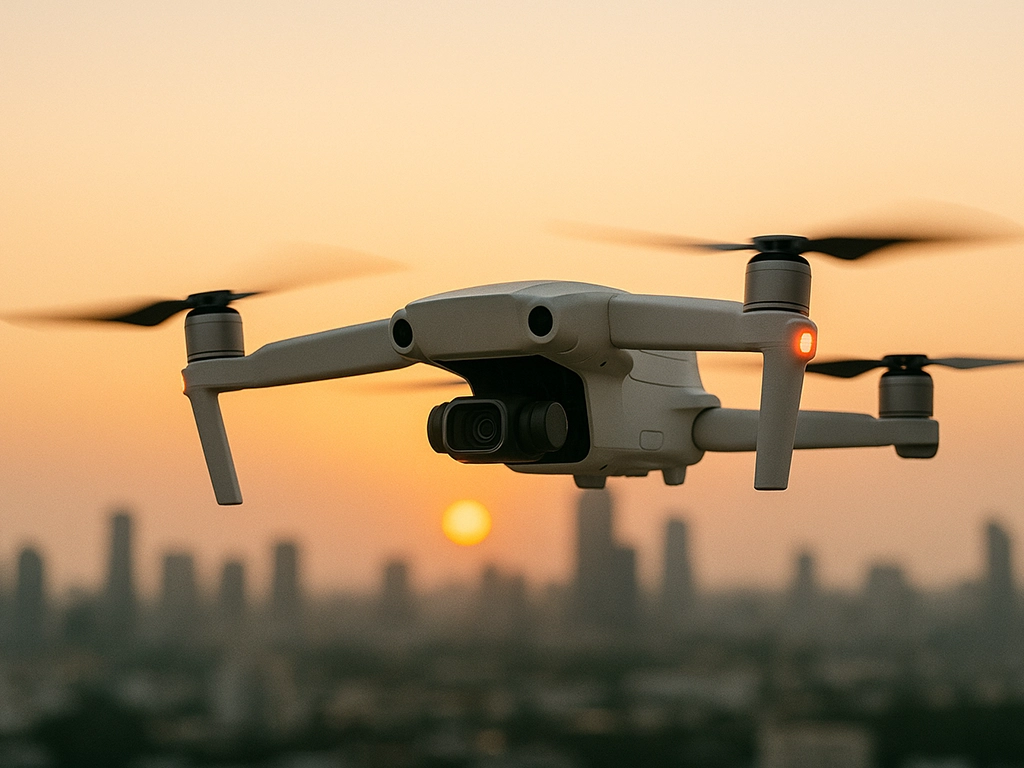
Training and Best Practices
For journalists eager to embrace drones, training is key. A well-trained operator is not only safer and more effective but also better equipped to use drones in service of high-quality journalism. Training should include both technical and editorial components: how to fly safely and how to tell a story effectively from the air.
It is advisable to start with inexpensive, beginner-friendly drones that allow for safe practice without high financial risk. Learning to control a drone’s movements precisely, understanding flight planning software, and getting comfortable with pre-flight checks are essential first steps. Practicing in open areas with little foot traffic helps build confidence and skill.
Understanding weather patterns is another critical skill. Wind, rain, and temperature can all affect a drone’s performance, battery life, and stability. Journalists should also familiarize themselves with local air traffic regulations and emergency procedures in case of malfunctions or accidents.
Drone footage should always complement-not replace-on-the-ground reporting. Aerial perspectives offer context and drama, but human stories remain at the core of journalism. Combining the two makes for richer, more complete narratives.
Carrying proper identification, including press credentials and any necessary flight permits, is essential, especially in high-security areas. Being able to explain your purpose and show documentation can defuse tense situations with authorities or the public.
IAPP provides training recommendations and legal updates for members who want to expand their visual capabilities responsibly. These resources are invaluable for those seeking to master drone journalism while staying on the right side of the law and ethics.
Opportunities for Freelancers and Small Outlets
Drone journalism levels the playing field. Previously, only major media outlets could afford aerial shots; now, freelancers and small agencies can offer stunning visuals that enhance their marketability. This shift has empowered a new generation of visual storytellers who can deliver high-impact content on a budget.
Pitching stories with drone footage provides a compelling edge. Editors are more likely to accept pitches that include visuals that can’t be easily replicated. Drones can also help journalists identify stories others may miss-from illegal construction to environmental violations visible only from the air.
Selling stock footage is another viable revenue stream. Landscapes, cityscapes, and environmental changes are in high demand across media, advertising, and educational platforms. With the right keywords and distribution channels, freelance drone operators can build a valuable content library.
Local investigations also benefit from drone use. Whether exposing unpermitted development, tracking deforestation, or capturing traffic patterns, drones offer concrete visual proof that can lead to accountability and reform. These applications not only make stories more compelling but also more impactful.
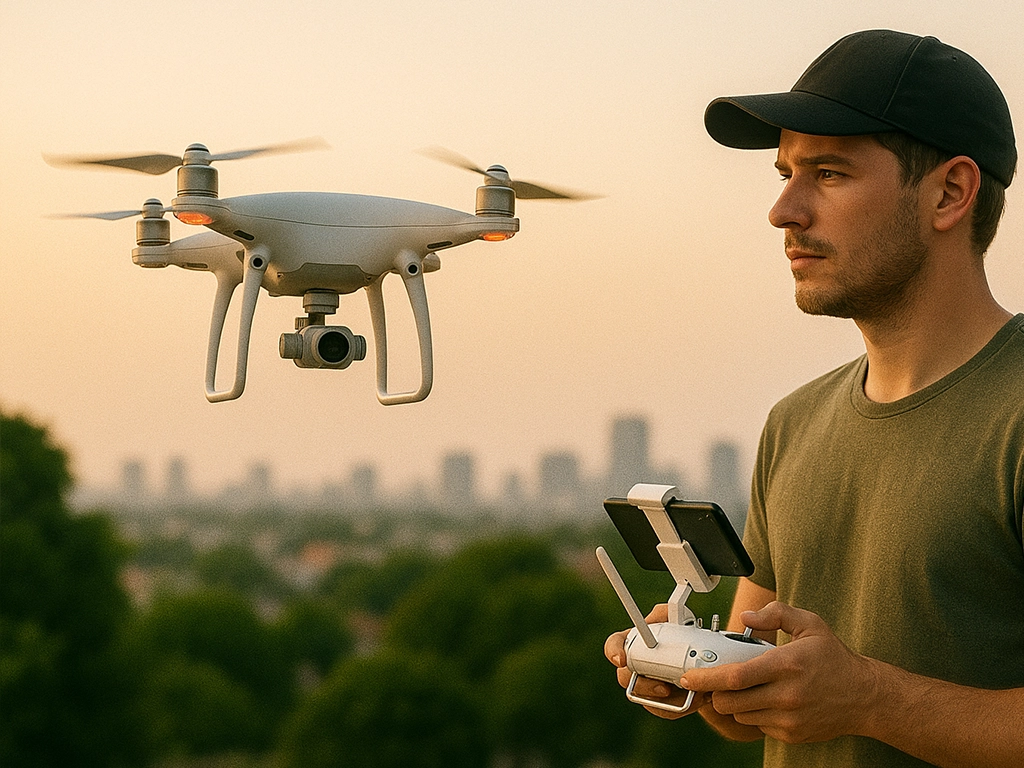
The IAPP Advantage
As drone journalism grows, the International Association of Press Photographers (IAPP) stands at the forefront of supporting ethical, legal, and innovative practices. Through its member benefits, IAPP provides resources that are particularly valuable for those working independently or in small teams.
Members gain access to regularly updated legal guides that help navigate international drone laws. IAPP also offers templates for permit applications, press ID cards that aid with on-site verification, and ethical codes specifically tailored to emerging technologies like drones.
Beyond practical tools, IAPP fosters a network of like-minded professionals. Whether you’re seeking feedback on your latest aerial project or advice on pitching drone-assisted stories, the IAPP community provides support, insights, and inspiration.
Conclusion
Drone journalism is neither a revolution nor a threat-it is a tool. Like any tool, its impact depends on how it is used. For journalists and photographers, drones open new possibilities to inform the public, enhance storytelling, and expand creative potential. But they also come with responsibilities-to the law, to ethics, and to the people being documented. With the right training, mindset, and professional support, such as that offered by IAPP, drone journalism can be a powerful force for good in modern media.
